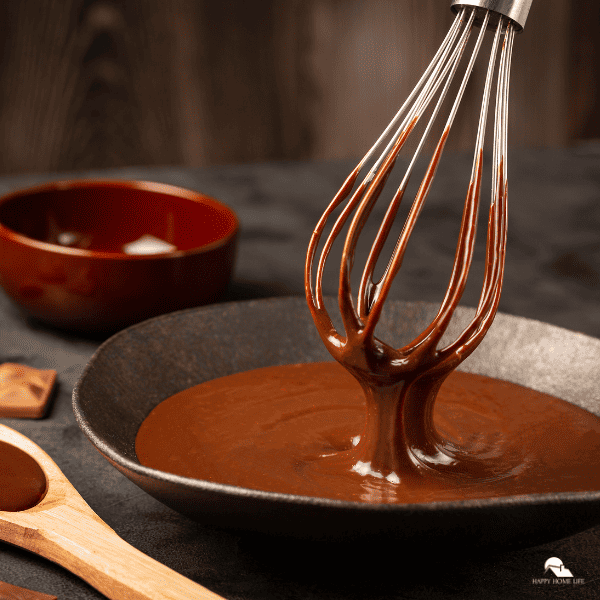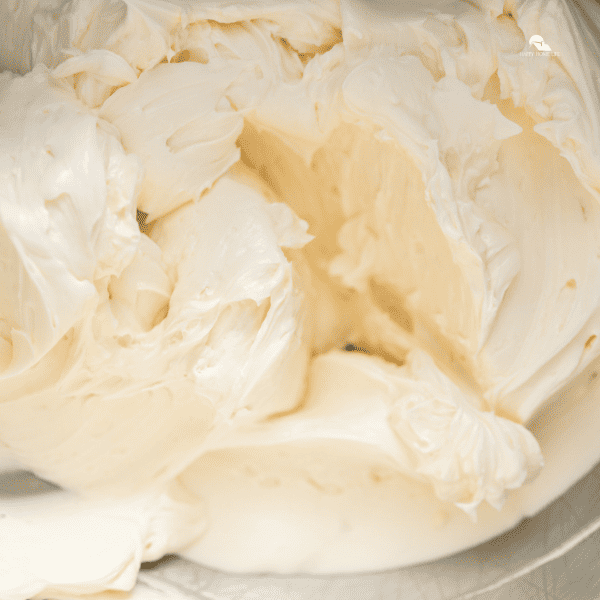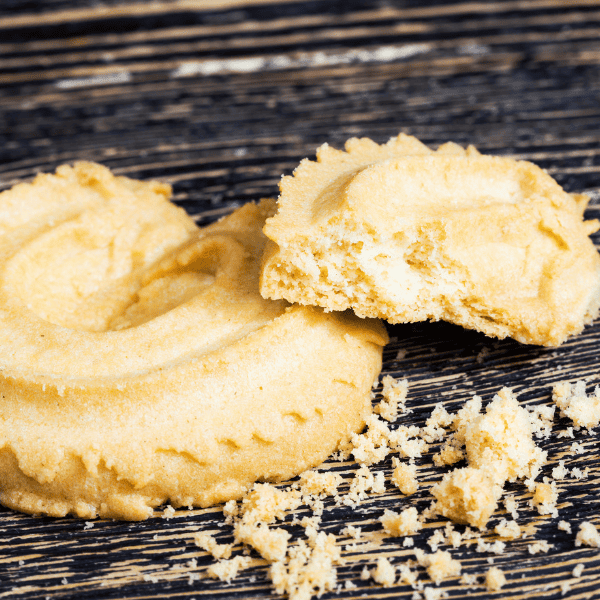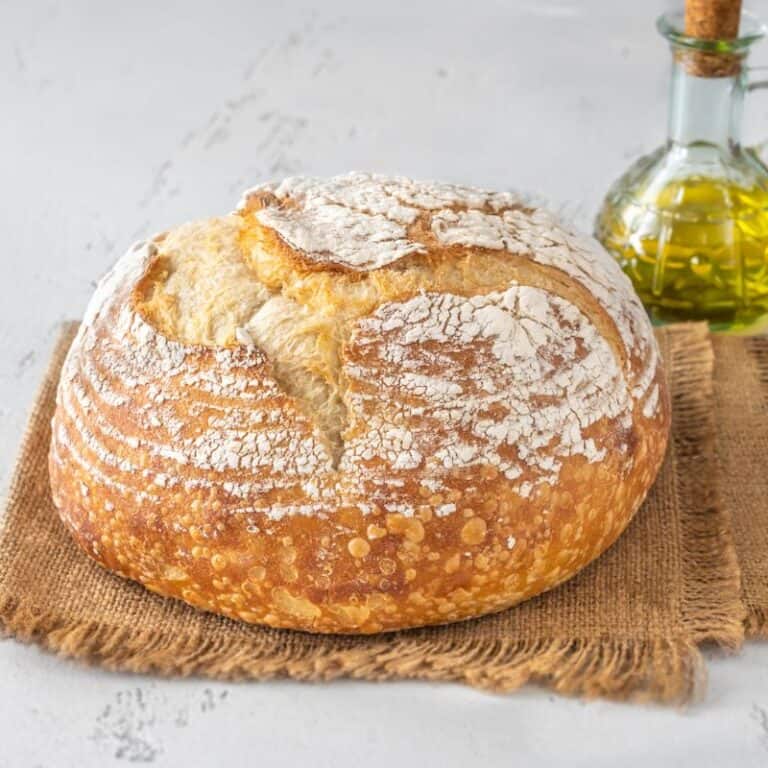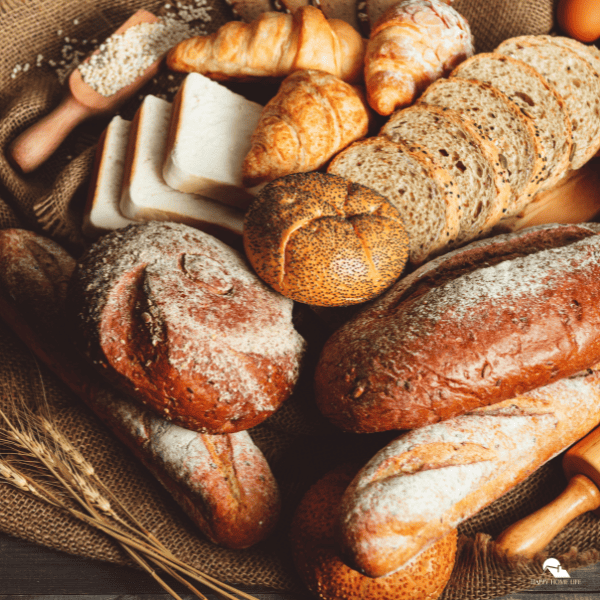Have you ever wondered why some cookies have a soft and chewy texture while others are crispy and crunchy? Achieving the perfect cookie texture can be a delicious challenge. But fear not; you can create cookies that satisfy your cravings with the right knowledge and techniques.
Getting the texture right is essential because it greatly impacts the overall eating experience. A cookie that is too soft and crumbly may lack structure, while a cookie that is too hard and dry can be unappetizing. The ideal texture will depend on personal preference and the type of cookie being made, whether it’s chocolate chip, oatmeal, or snickerdoodle.
Several key ingredients contribute to the texture of a cookie. Here are a few to consider:
- Butter: Butter adds moisture and richness to the dough. Using melted butter will result in a flatter, chewier cookie, while softened butter will create a puffier texture.
- Sugar: The type and amount of sugar used affect the texture. Granulated sugar promotes crispness, while brown sugar adds chewiness and moisture.
- Flour: The type of flour used determines the cookie’s structure. All-purpose flour results in a balanced texture, while cake flour produces a tender and delicate cookie.
- Eggs: Eggs provide moisture and help bind the dough. Using more eggs can result in a cake-like texture while reducing them can yield a denser and chewier cookie.
You can achieve the desired cookie texture by understanding how these ingredients interact and experimenting with different ratios. Remember, practice makes perfect, so don’t be afraid to try different techniques until you find what works best for you.
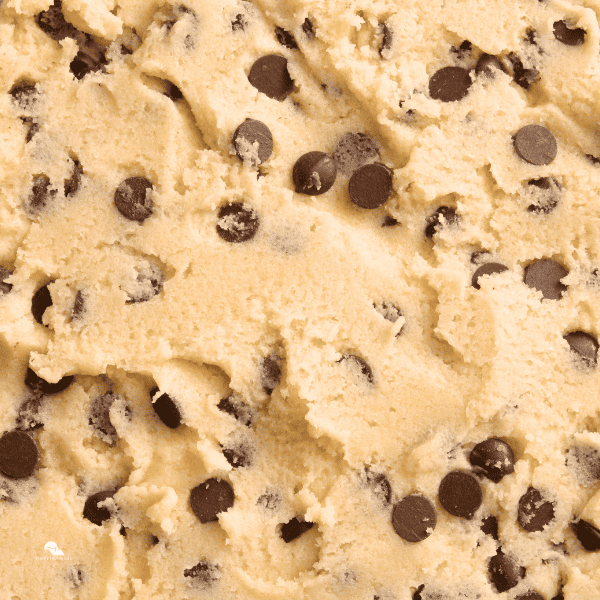
What gives cookies a chewy texture?
When it comes to cookies, achieving the perfect texture is key to a satisfying treat. If you’re looking to create cookies with a deliciously chewy texture, there are a few key factors to consider.
1. Moisture content: Cookies with more moisture tend to have a chewier texture. Adding ingredients like brown sugar, molasses, or honey can help retain moisture and contribute to a chewier cookie.
2. Fat content: Adding more fat, such as butter or oil, can contribute to a chewier texture. Fat provides tenderness and adds richness to the cookies.
3. Mixing time: Over-mixing the cookie dough can lead to a more cake-like texture. Mix the dough until the ingredients are combined, and avoid over-mixing to get a chewier result.
4. Baking time and temperature: Baking your cookies for a shorter time and slightly higher temperature can produce a chewier texture. This allows the center of the cookies to remain slightly undercooked and soft.
By considering these factors and making adjustments to your recipe, you can achieve that perfect chewy texture for your cookies.
Below is a table outlining different cookie textures and how to achieve them, along with corresponding ingredients and tips:
| Texture | Description | Ingredients | Tips |
|---|---|---|---|
| Chewy | Soft and slightly gooey center with a slightly crispy exterior. | – Higher moisture content (more brown sugar, less white sugar) – Use butter instead of margarine or shortening. – Add 1-2 tablespoons of corn syrup or molasses. | – Underbake the cookies slightly for a chewier texture. – Increase the ratio of brown sugar to white sugar. |
| Crispy | Thin and crunchy throughout. | – Lower moisture content (more white sugar, less brown sugar). – Use melted butter or vegetable oil. – Add an extra egg yolk. | – Bake the cookies until they are golden brown for a crisp texture. – Increase the ratio of white sugar to brown sugar. |
| Soft | Tender and moist texture with a slight chewiness. | – Balanced moisture content (equal amounts of brown and white sugar). – Use butter or shortening. – Add a small amount of cornstarch or baking powder. | – Avoid overmixing the dough to prevent toughness. – Chill the dough before baking for a softer texture. |
| Cakey | Light and fluffy like a cake. | – Higher moisture content (more white sugar, less brown sugar). – Use butter or shortening. – Increase the amount of leavening agents (baking powder, baking soda). | – Use cake flour or all-purpose flour for a lighter texture. – Do not overmix the dough to prevent dense cookies. |
Remember, these guidelines are general and can be adjusted based on personal preference.
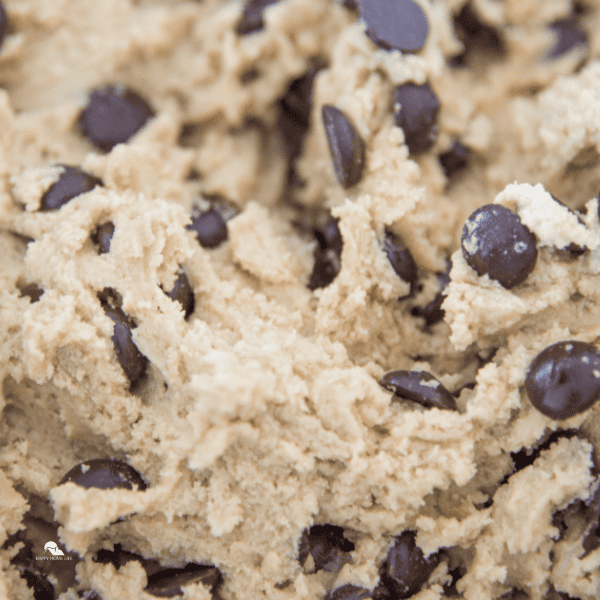
What are the 3 textures of cookies?
When it comes to cookies, there are three main textures that you can achieve: chewy, crispy, soft, and cakey. Each texture has its own unique characteristics and appeal.
Chewy cookies have a moist and slightly dense texture. They are usually slightly underbaked, allowing them to retain some moisture, resulting in a satisfyingly chewy bite. Chewy cookies often have a rich and buttery flavor.
On the other hand, crispy cookies are thin and have a delightfully crunchy texture. They are baked longer to achieve a golden brown color and crispiness. Crispy cookies are perfect for those who enjoy a satisfying crunch with every bite.
Lastly, soft and cakey cookies have a light and fluffy texture, resembling a cake. These cookies are often made with ingredients like baking powder or baking soda, which help them rise while baking. Soft and cakey cookies are tender and have a delicate texture that melts in your mouth.
Achieving the desired texture for your cookies often comes down to the ingredients used, the baking temperature and time, and the mixing technique. Experimenting with different recipes and techniques will help you find the perfect balance to achieve the texture you desire in your cookies.
What’s the texture of cookies?
When it comes to cookies, texture matters; everyone has their own preference – some like them soft and chewy, while others prefer them crispy and crunchy. Achieving the perfect texture can be a bit tricky, but with a few key tips, you can get the cookie texture you want.
First, consider your ingredients. The type of flour you use, the amount of fat and sugar, and even the leavening agents can all affect the texture of your cookies. Experimenting with different recipes and ratios can help you find the right combination for your desired texture.
Next, pay attention to your baking time and temperature. Overbaking can lead to dry and crunchy cookies while underbaking can produce soft and doughy ones. Keep a close eye on your cookies in the oven and adjust the baking time as needed to achieve the texture you desire.
Lastly, consider the mixing method. Overmixing can result in tough cookies, while undermixing can lead to uneven texture. Mix your dough until the ingredients are combined to avoid undesired outcomes.
You can find the perfect cookie texture that suits your tastes by experimenting with ingredients, baking techniques, and mixing methods. Enjoy the process, and have fun baking!
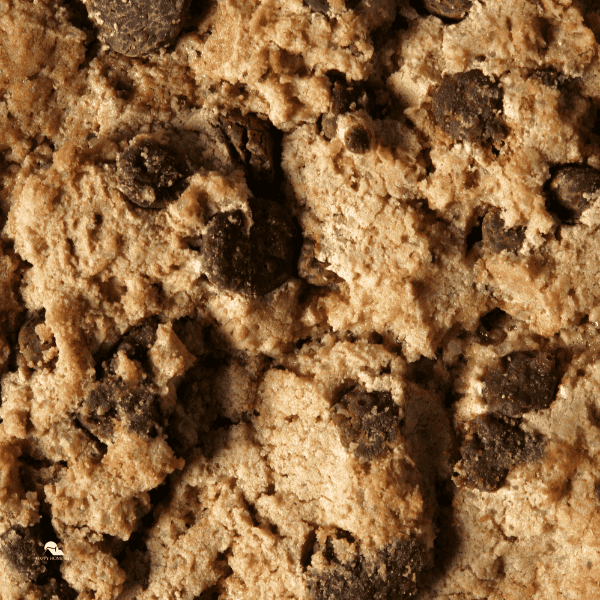
Adjusting Butter and Sugar
Using melted butter for chewy cookies
For those who prefer a chewy texture in their cookies, using melted butter can do the trick. When melted, butter creates a denser dough, resulting in a softer and chewier cookie. This method also produces cookies that spread more during baking, resulting in a flatter shape.
Adding more sugar for thin, candy-like cookies
If thin and crispy cookies are what you’re after, adding more sugar to your recipe can help achieve that texture. Sugar causes the cookies to spread and become thin and delicate during baking. Just be mindful not to overdo it, as adding too much sugar can result in overly sweet cookies.
The impact of butter’s water content on gluten formation
Butter’s water content can affect the formation of gluten in your cookies. Gluten is a protein that gives structure and elasticity to baked goods. Higher water content in butter can result in increased gluten formation, leading to chewier cookies. On the other hand, lower water content can result in a more tender and delicate texture.
Remember to experiment with different butter and sugar ratios in your cookie recipes to achieve the desired texture. Adjusting these ingredients can make a significant difference in the outcome of your cookies.
Adding Baking Powder and Oatmeal
Achieving a fine, tight crumb and smooth top with baking powder
Consider adding baking powder to the recipe to achieve the desired texture in your cookies. Baking powder is a leavening agent that helps cookies rise and create a tight crumb. It also contributes to a smooth top on the cookies.
Measuring accurately and using the correct amount according to the recipe when using baking powder is important. Too much baking powder can result in a metallic taste, while too little may not give the desired lift to the cookies. Follow the recipe instructions and ensure your baking powder is fresh and not expired for optimal results.
Using oatmeal for added texture and fiber
If you want to add texture and increase the nutritional value of your cookies, consider incorporating oatmeal into the recipe. Oatmeal adds a pleasant chewiness and heartiness to the cookies.
When using oatmeal in your cookie dough, you can either use whole oats or grind them into a finer consistency, depending on the texture you desire. Rolled or quick oats are commonly used in cookie recipes, but you can experiment with different oat varieties to achieve the desired texture.
Substituting oatmeal for all-purpose flour in cookie recipes
For a more pronounced oatmeal texture, you can even substitute some or all of the all-purpose flour in your cookie recipe with oatmeal. This substitution adds more fiber and a unique flavor to your cookies. Keep in mind that when substituting flour with oatmeal, the texture and structure of the cookies may be slightly different, so it’s best to experiment and adjust the recipe accordingly.
Remember, achieving the perfect cookie texture is a matter of experimentation and finding the right balance of ingredients. Don’t be afraid to try different techniques and variations until you discover the texture that suits your preferences.
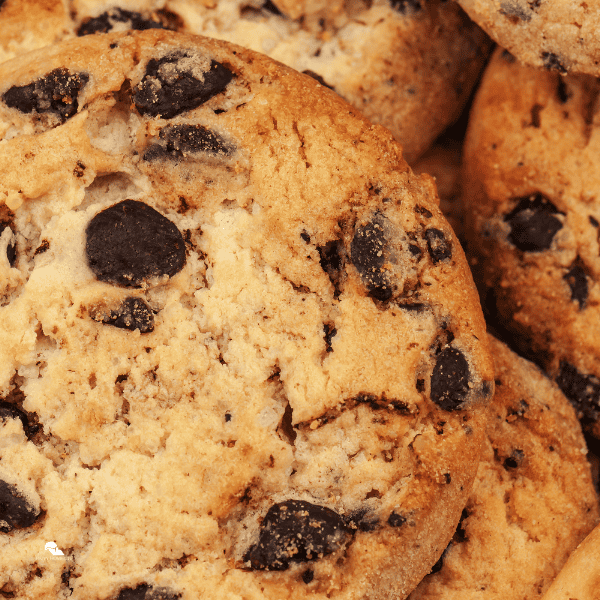
Other Tips for Achieving Desired Texture
When it comes to baking cookies, achieving the perfect texture can make all the difference in enjoying a delicious treat. If you’re wondering how to get the cookie texture you want, here are some tips to consider:
Using a combination of butter and margarine for taste variation
Experimenting with different fat sources can change the texture of your cookies. You can balance rich flavor and a softer texture using a combination of butter and margarine. Butter tends to produce a crispier cookie, while margarine can create a softer, chewier texture.
The importance of following recipe directions and ingredient amounts
One of the keys to achieving the desired cookie texture is to follow the recipe directions precisely. Pay attention to ingredient amounts, mixing techniques, and baking times. Altering these factors can significantly impact the final texture of your cookies.
Additional factors that can affect cookie-baking success
- Baking temperature: Higher temperatures can result in cookies that are crispy on the outside and soft on the inside, while lower temperatures can yield softer, chewier cookies.
- Baking time: Overbaking can lead to dry, crumbly cookies, while underbaking can produce too soft or doughy cookies.
- Ingredient substitutions: Making substitutions, such as using whole wheat flour instead of all-purpose flour, can alter the texture of your cookies.
- Mixing techniques: Mixing the dough too much can result in tough cookies, while not mixing enough can lead to uneven texture.
By considering these tips and experimenting with different factors, you can find the perfect cookie texture that suits your taste preferences. So get baking and enjoy the results!

Conclusion
Experimentation and learning are key when it comes to achieving the perfect cookie texture. By understanding the different factors that affect texture, such as ingredient ratios, mixing techniques, and baking times, you can fine-tune your recipe to meet your desired outcome. Don’t be afraid to try different variations and make adjustments along the way until you find the texture you love.
Baking is a science but also an art form that allows for creativity and personal preferences. Through experimentation and learning from each baking experience, you can better understand the impact various ingredients and techniques have on the final result.
Final tips for achieving the ideal cookie texture
- Gradually add flour: Adding flour gradually allows you to control the amount and prevent overmixing, which can result in a tougher texture.
- Chill the dough: Chilling the dough before baking helps cookies hold their shape and results in a chewier texture.
- Monitor baking time: Keep a close eye on your cookies in the oven to prevent over or under-baking, as this can affect the desired texture.
Enjoying the process of baking and exploring different flavor and texture possibilities
Have fun: Remember that baking is not just about the end result but also about the joy of creating something delicious. Embrace the opportunity to explore new flavors, textures, and techniques, and don’t be afraid to step outside your comfort zone. With time and practice, you’ll become an expert at achieving the ideal cookie texture.

